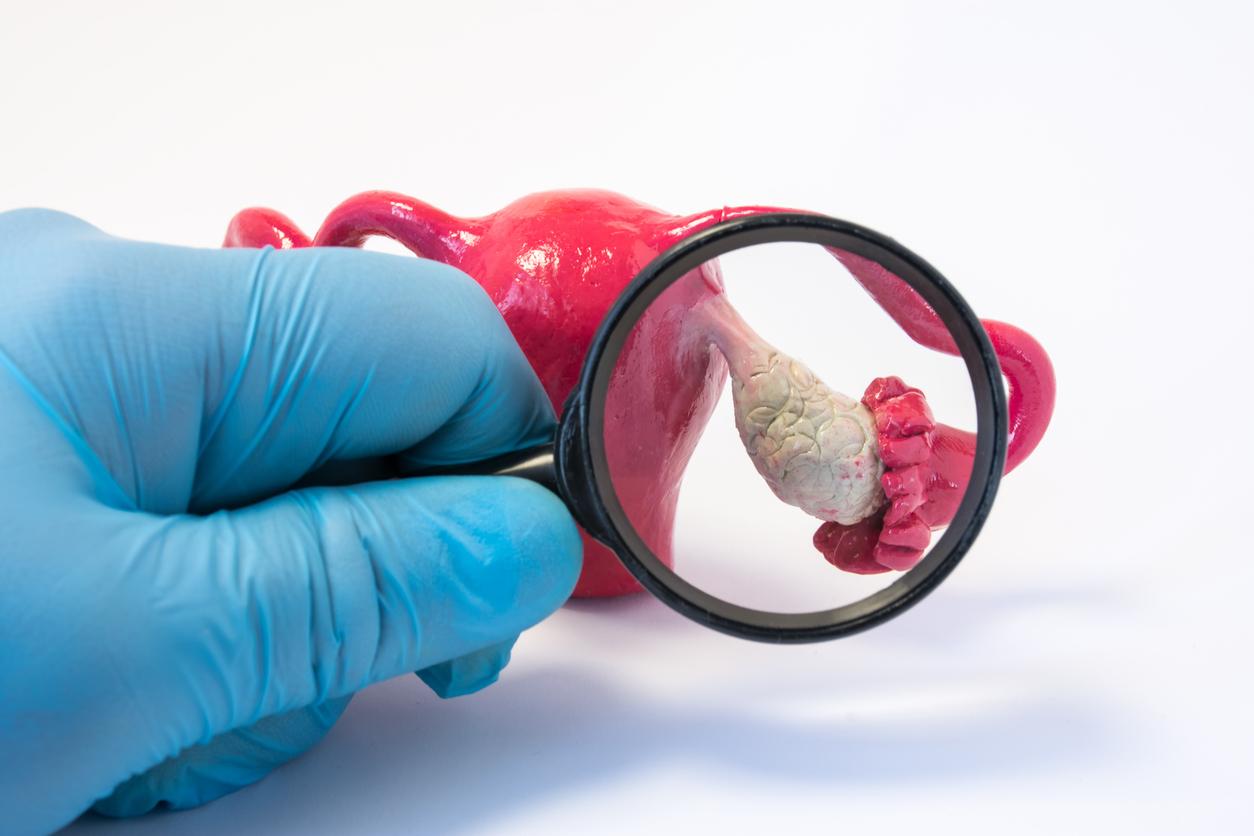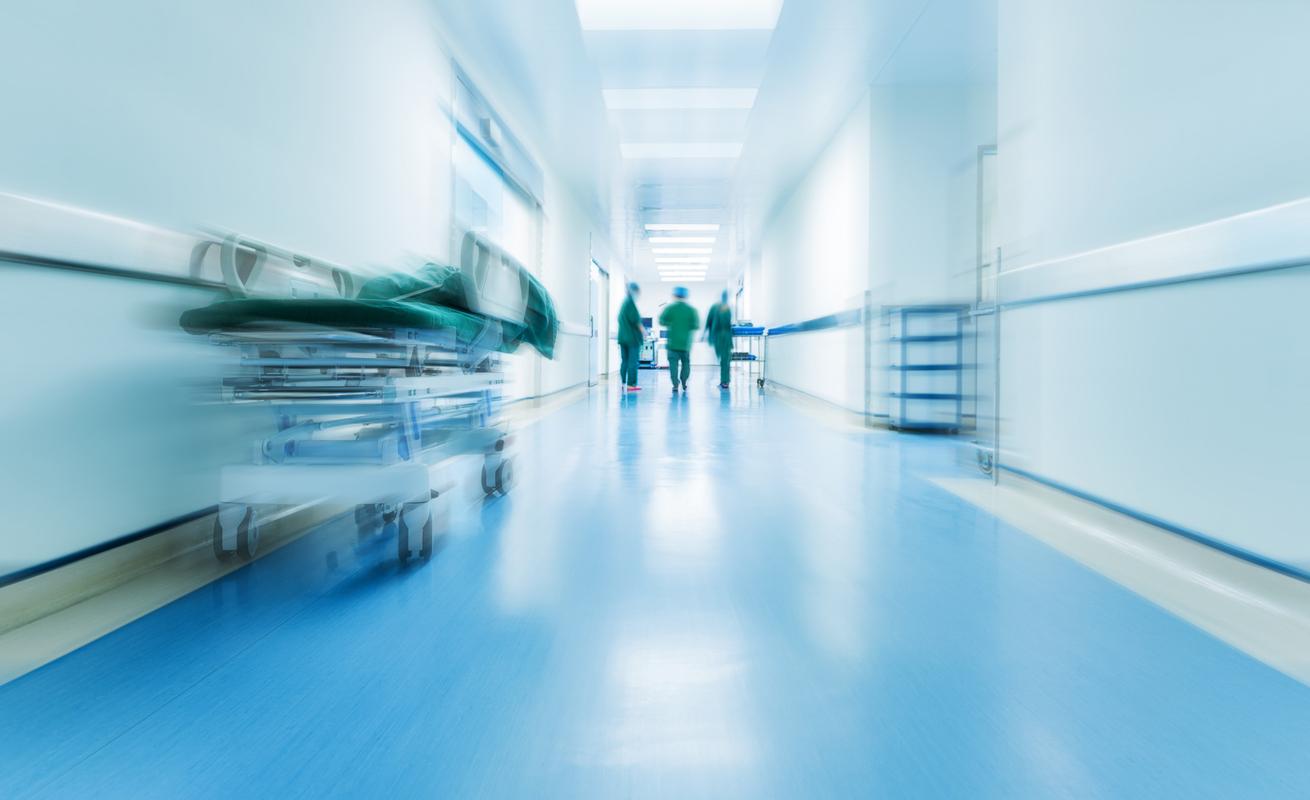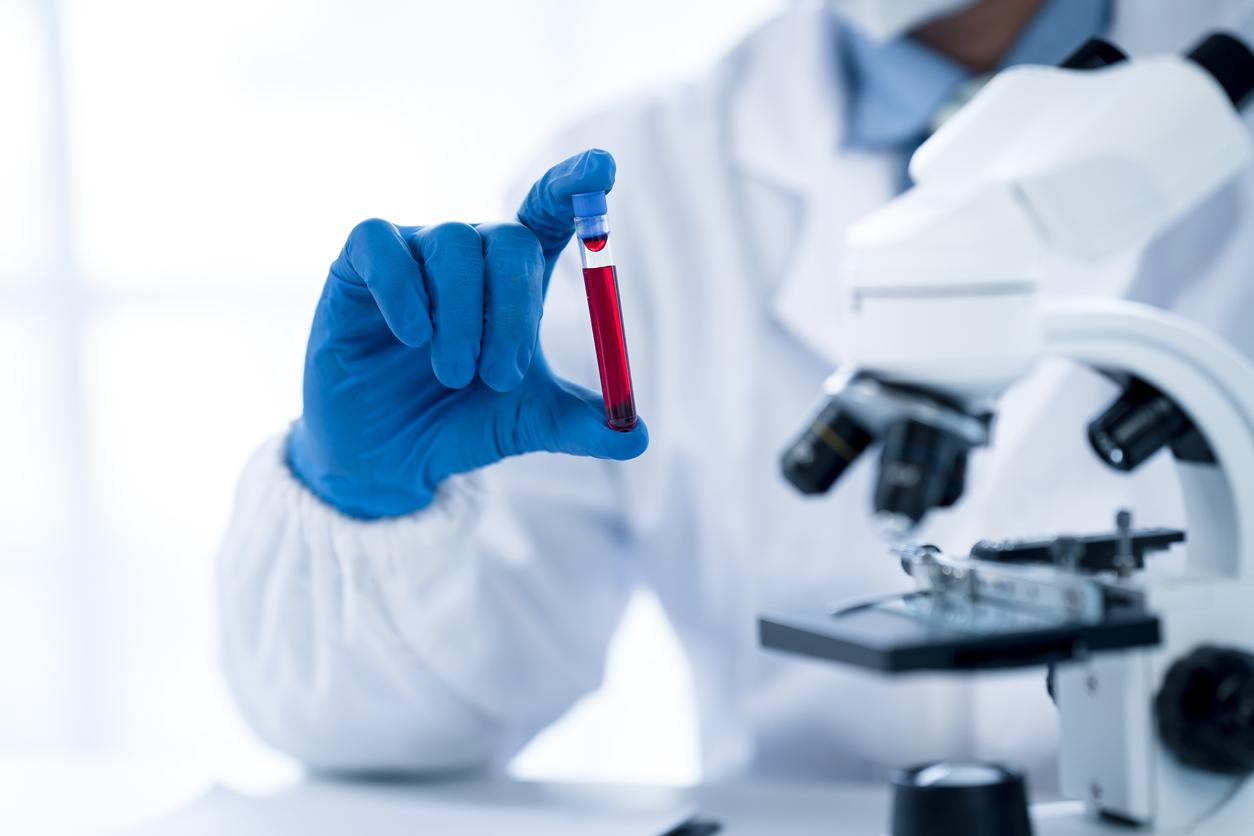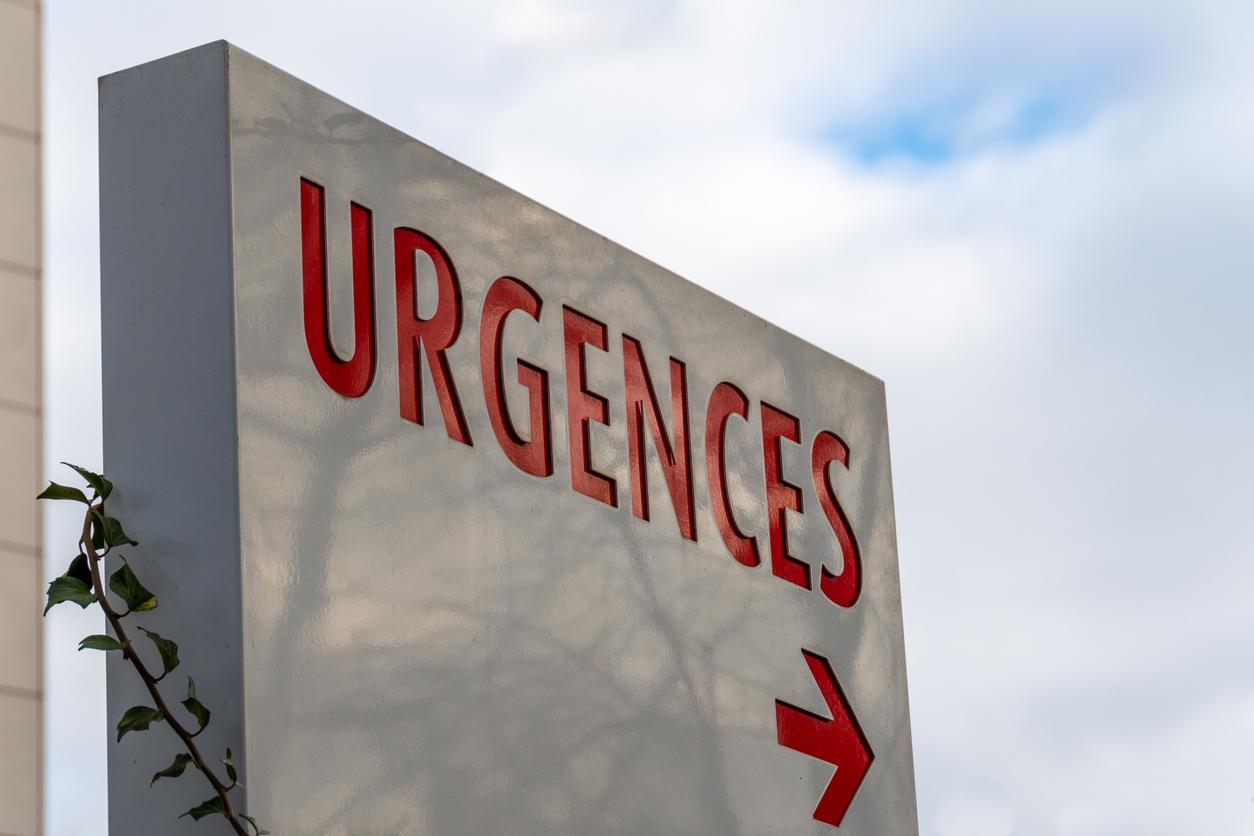Gram-negative bacterial infections are one of the nightmares of hospital staff. These germs are indeed known to be particularly resistant to antibiotics and can cause septic shock or sepsis. A new American study presented at the 54th Interscience Conference on Antimicrobial Agents and Chemotherapy shows that the longer the hospital stay, the greater the risk of catching this type of infection.
Researchers looked at 949 cases of infection with drug-resistant bacteria between 1998 and 2011. Data showed that each day spent in the hospital increased the likelihood of drug-resistant infection (such as pneumonia, blood infections). , surgical site infection or meningitis) by an additional 1%.
Nosocomial infection: the main risks
An infection is classically considered to be nosocomial if it appears after 48 hours of hospitalization. Whatever its mode of transmission, the occurrence of a nosocomial infection is favored by the patient’s medical situation, which also depends on his age and pathology. The elderly, the immunocompromised, newborns, in particular premature babies, those with multiple trauma and severe burns are the people most at risk.
Certain treatments (antibiotics which unbalance the flora of patients and select resistant bacteria; immunosuppressive treatments) also increase this risk of nosocomial infection. Just like the performance of certain invasive acts necessary for treatment such as the insertion of a urinary catheter, a catheter or artificial ventilation.
According to the US Centers for Disease Control and Prevention, at least 2 million people are infected with antibiotic-resistant bacteria each year in the United States and 23,000 people die from their infection.

















